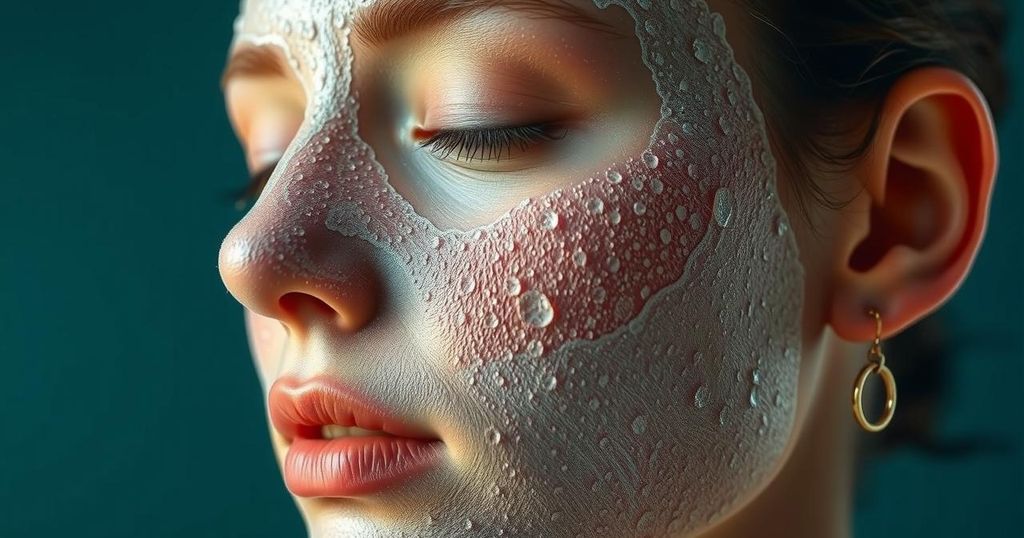Climate Change Significantly Impacts Skin Aging, Study Reveals

A groundbreaking study by the IUF in Düsseldorf identified a correlation between climate change factors such as increased heat and humidity and the aging of skin. Analyzing over 1,500 Indian women, the research demonstrated that higher heat indices significantly correlated with more pronounced signs of skin aging, independent of other variables. This exploration into the environmental causes of dermal aging offers critical insights for future protective measures.
Recent research conducted at the IUF – Leibniz Research Institute for Environmental Medicine in Düsseldorf has revealed important insights into the effects of climate change on skin aging. A collaborative study with the Indian Institute of Technology Bombay assessed 1,510 Indian women across various cities, linking rising heat index and skin aging markers—including pigmentation and wrinkles. This research marks a pioneering epidemiological approach highlighting temperature and humidity’s significant impact on skin health, independent of factors such as age and pollution exposure. The research emphasizes the urgency of understanding environmental impacts on dermal health with the increasing prevalence of extreme climatic conditions.
The interplay between climate change and public health has attracted growing attention, specifically regarding dermatological outcomes. Increasing temperatures and humidity levels significantly influence the so-called heat index, which has been linked to various health risks. However, little is known about its effects on skin health, necessitating investigation into how environmental factors contribute to skin aging and related diseases. This study is particularly relevant in India, where climatic conditions can be extreme, thereby providing a suitable context for such research.
In summary, the research undertaken by the IUF has outlined a crucial relationship between increased heat and humidity resulting from climate change and the aging of human skin. The significant findings, indicating heightened skin aging signs with an increasing heat index, underscore the need for ongoing investigations into the biological mechanisms involved. Furthermore, understanding these interactions will be essential for developing protective strategies against climate-related skin aging.
Original Source: idw-online.de







